Coconut Curry Chicken offers a flavor explosion of creamy, salty goodness. Serve it over rice or eat it straight from the pot with a spoon, we won’t judge. With delicious Thai flavors, this dish is a comfort meal that doesn’t sit heavy and is sure to be requested again and again.
Try our recipes for Thai Red Shrimp Curry and Chicken Satay with Peanut Dipping Sauce for more Thai-inspired flavors.
Why Our Recipe
- An easy, one-pot dinner that takes less than an hour.
- Tasty Thai flavors that make you look like a culinary genius.
- Curry that isn’t overpowering, but blended beautifully with other spices.
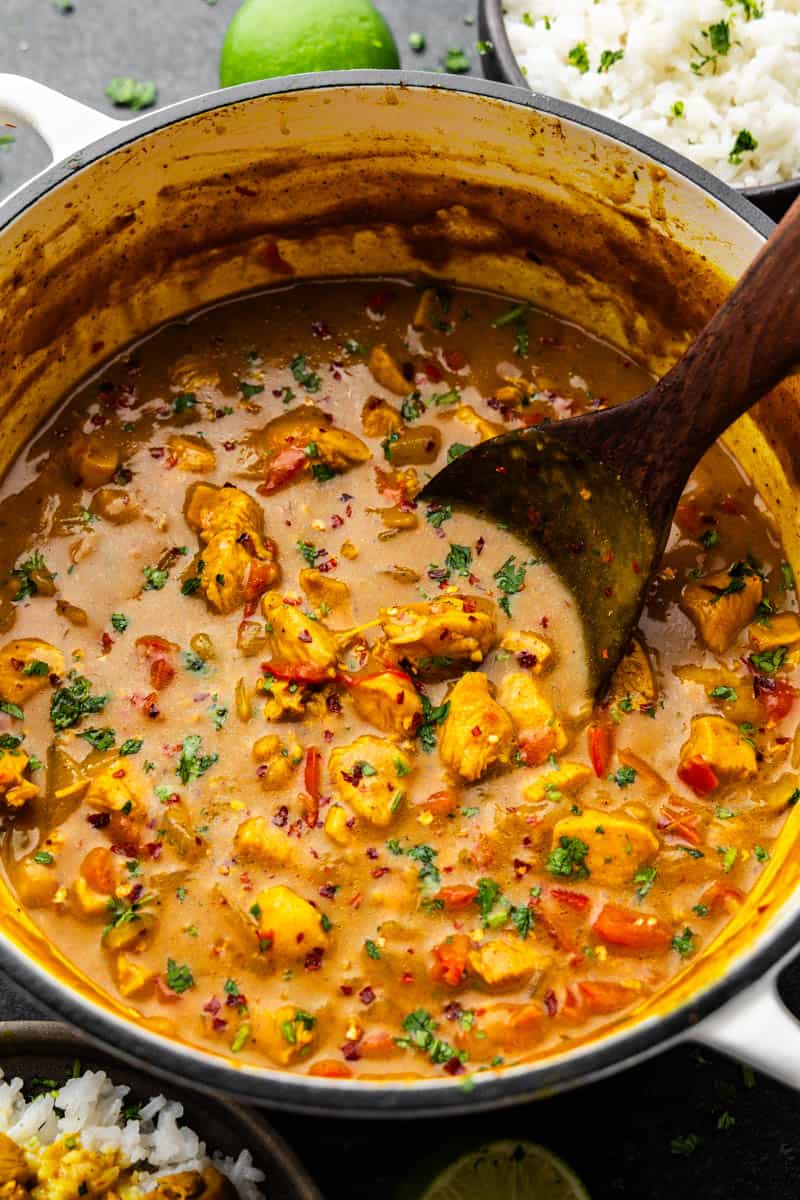
What do we love most about this Easy Coconut Curry recipe? It’s so simple to prepare with ingredients that may already be in your pantry, and it’s filled with tons of spices, tender chicken, and creamy coconut milk. It’s also a dish that you can get creative with, by adding even more fresh vegetables or increasing the texture with the nice crunch of cashews or peanuts. This dish will fill your kitchen with mouth-watering aromas that can be tasted in every single bite.
Ingredient Notes
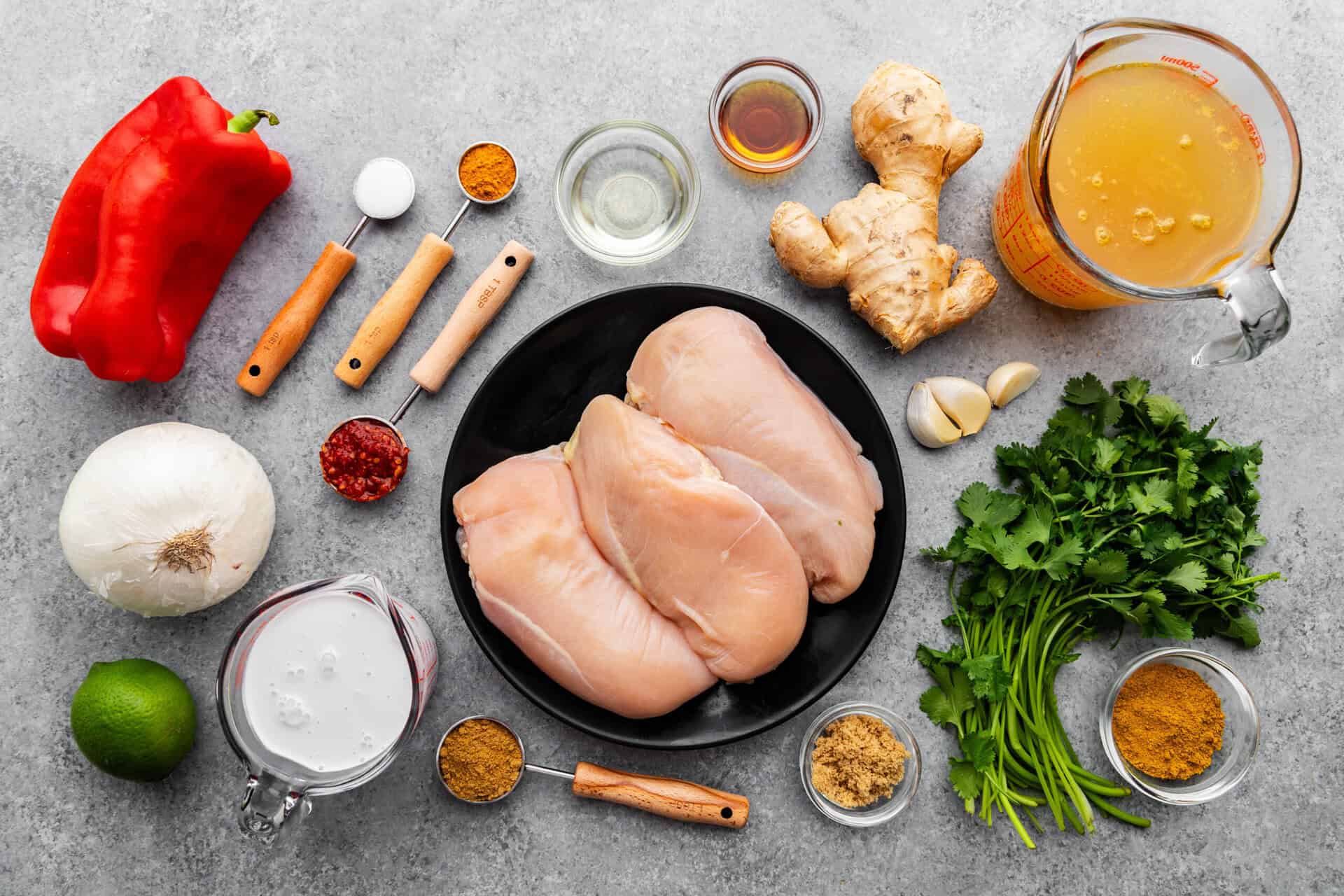
- Onion: White offers a milder onion flavor than its friend the yellow onion, but you could still use yellow.
- Red Bell Pepper: You could go with another color like orange or yellow that’s also sweet. Green is acceptable but is missing that sweeter flavor.
- Garlic: Besides making your kitchen smell amazing when it’s being sauteed? It enhances the depth of the spice flavors.
- Ginger: Ginger powder is a much more muted version of this flavor, but you can still use it in a pinch.
- Curry: You are looking for a yellow curry powder and they aren’t all created equal. Using a name-brand curry powder is usually a solid choice.
- Turmeric: Part of the ginger family, and gives everything it touches a beautiful golden color.
- Coriander: Curry’s overlooked BFF, adds a surprising freshness that gives the curry a deeper and more balanced flavor.
- Chicken Breasts: Cut into bite-size pieces. You could also use boneless skinless chicken thighs without altering cooking times.
- Chicken Broth: Use a low-sodium chicken broth to better control the flavor and salt content.
- Coconut Milk: The full-fat version gives a stronger coconut flavor than a lighter option or coconut milk drink.
- Asian Chili Garlic Sauce: You find this in the section of your grocery store with other Asian foods. It’s often even near the canned coconut milk. It’s sold in a bottle.
- Fish Sauce: Crucial in balancing the flavors of all the spices, and provides the authentic taste of a Thai dish. It’s also found in the section of your grocery store that is near the Chili Garlic Sauce.
- Brown Sugar: Adds a touch of sweetness.
- Lime Juice: Fresh is always best, but the bottled stuff works too.
- Cilantro: If you’re one of the lucky folks who can taste cilantro instead of the ‘soapy’ flavor some people describe, then sprinkling fresh cilantro over the top adds a distinctly fresh, citrusy, and slightly spicy taste.
Coconut Milk Options
Use full-fat coconut milk for the best coconut flavor and the creamiest results. If you’re looking for a lighter option, you can substitute low-fat coconut milk if you prefer, but your dish won’t be as thick. Fix this by adding half a tablespoon of cornstarch mixed with a tablespoon of water to thicken the sauce.
You can also substitute coconut cream for coconut milk. They are almost always interchangeable. Not surprisingly, coconut cream will make your Easy Coconut Curry even more thick and rich.
Fish Sauce Substitutes
Fish sauce offers a flavor profile unlike any other! It actually pulls all of the spices together creating a deeper authentic Thai flavor, and legitimately enhances the taste of the overall dish. You won’t regret using it! Fish sauce is strong, however, so we recommend adding in the recipe amount and then tasting the sauce before adding any more.
If you really don’t want to use fish sauce, or if you have an allergy, you can try one of these instead (but seriously, the depth of flavor just isn’t the same with a substitute):
- Soy sauce
- Soy sauce and rice vinegar (equal parts)
- Minced Anchovies
- Soy sauce and lime juice (equal parts)
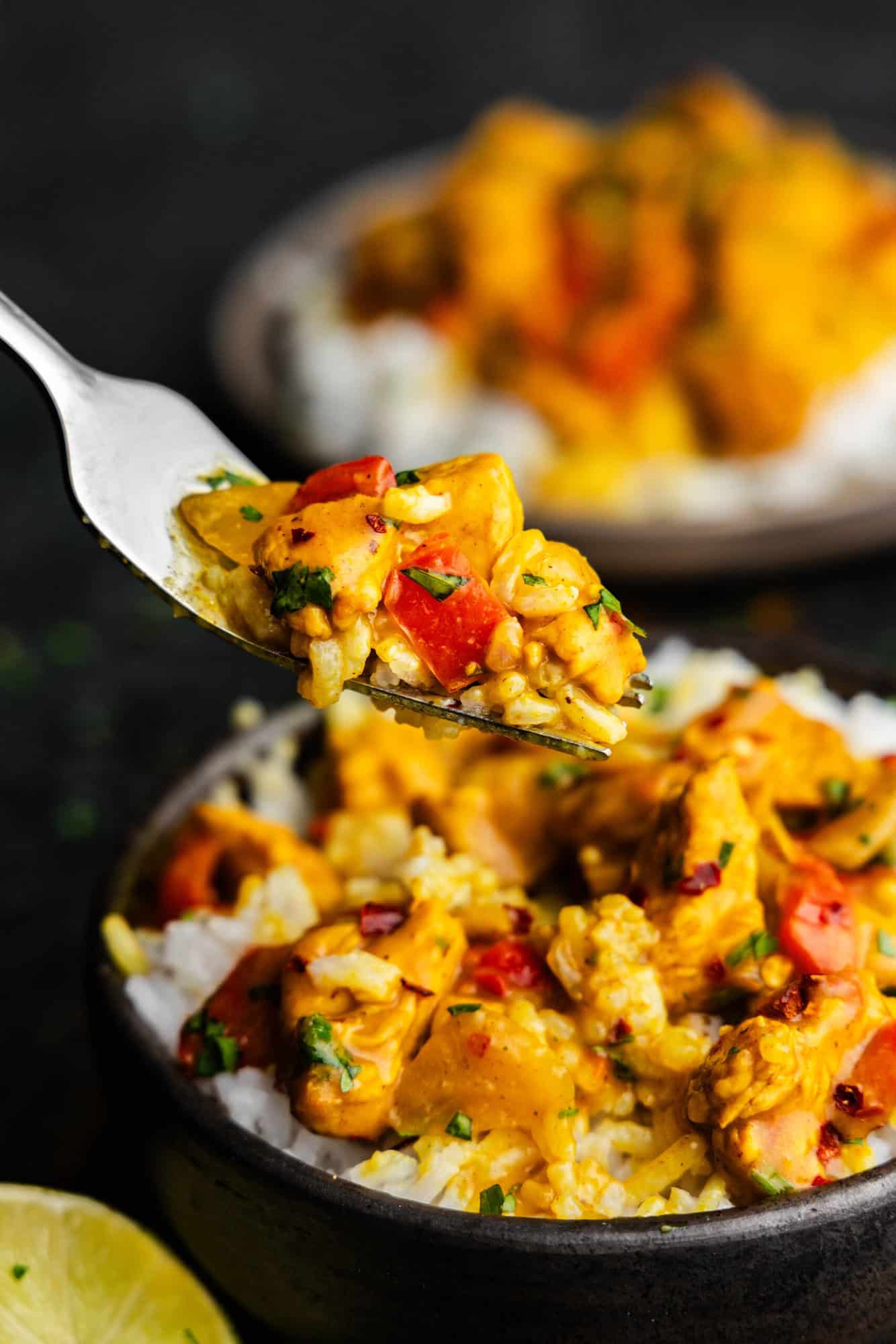
How Spicy Are We Talking?
Thai curry is traditionally served spicy, but ours registers right between mild and medium, and the coconut milk does bring down the spice level a bit on its own.
If you want to crank up the heat, add more chili garlic sauce (add half a teaspoon at a time and then taste before adding more) or a sprinkle of cayenne pepper. If you don’t like spicy food at all, use only 2 teaspoons of chili garlic sauce instead of the full tablespoon.
Storage Instructions
Refrigerate leftovers in an airtight container for up to 3-4 days.
Reheat on the stovetop by placing the leftovers in a pot or skillet over medium-low heat. Stir occasionally until heated through, about 10-15 minutes.
Reheat in the microwave by placing a portion in a microwave-safe dish. Heat in 30-second increments, stirring in between for even heating.
We don’t recommend Freezing this dish. Coconut milk can take on a funny texture when reheated from frozen.
More Asian recipes…
Watch the video below where Caytlin will walk you through every step of this recipe. Sometimes it helps to have a visual, and we’ve always got you covered with our very own cooking show.
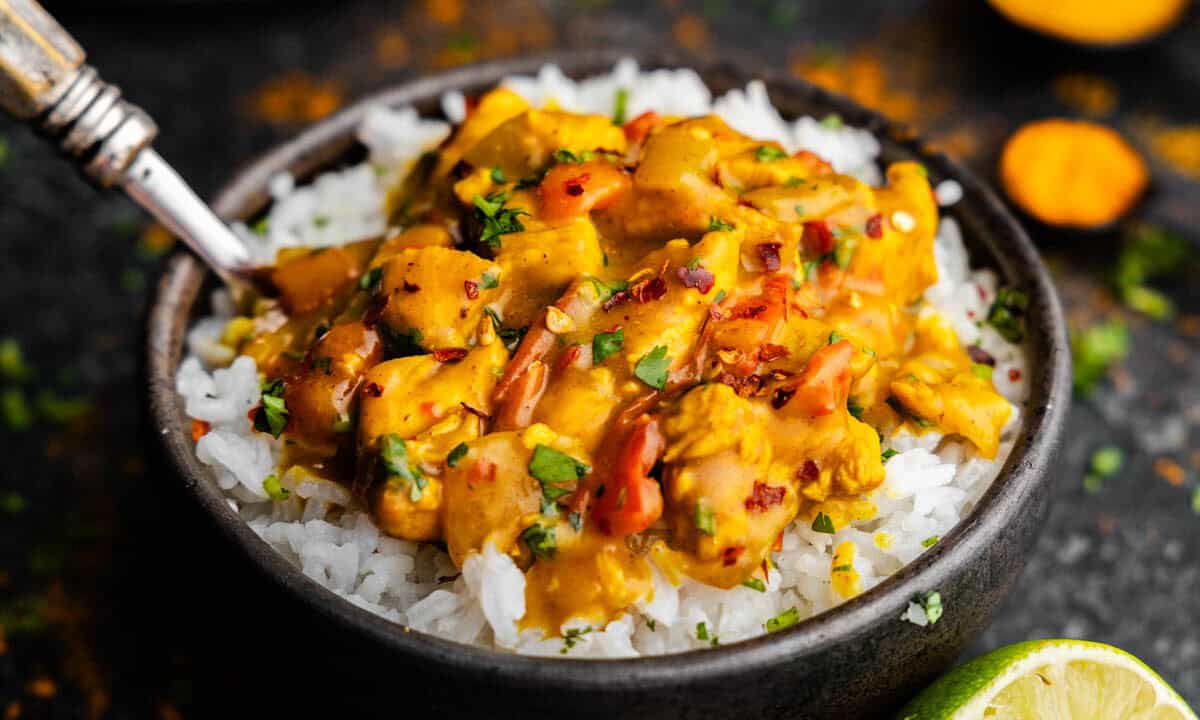
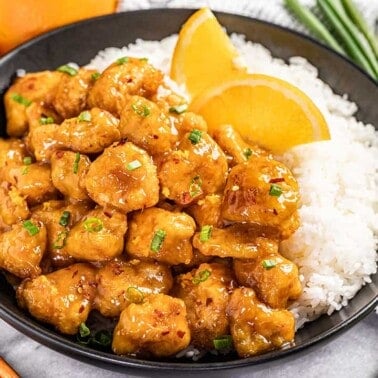
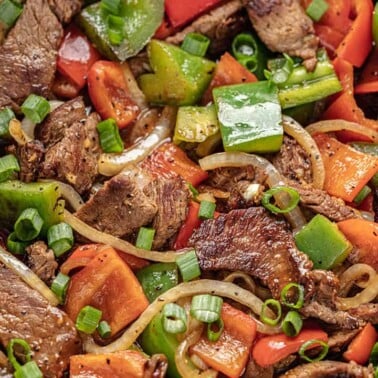
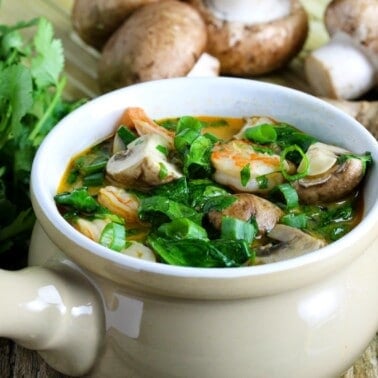
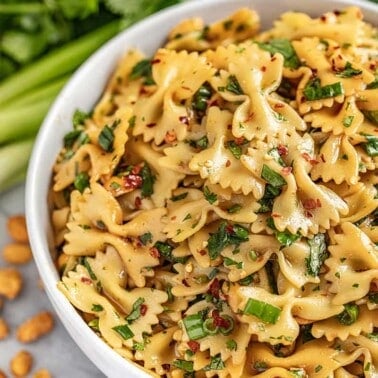
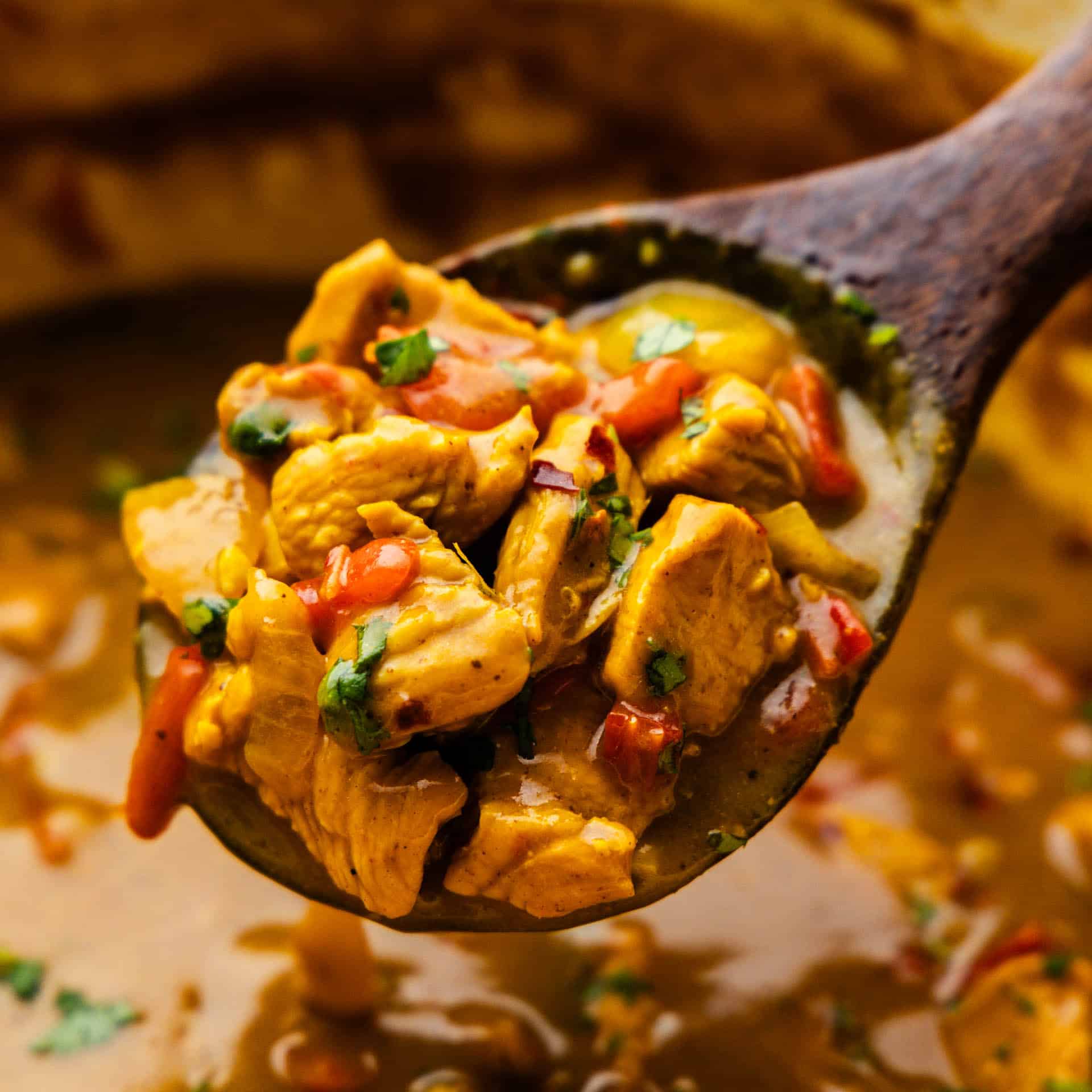
This was delicious and quite easy. Next time I will also add a couple of potatoes cut up bit sized. But amazing as is.
How can I make this dish in a slow cooker? Can I use olive oil instead of vegetable oil?If I use the coconut cream does that mean I don’t have to use the corn starch
To make this in a slow cooker you’d put everything (except the cornstarch or coconut cream) in the slow cooker. Cook on low for 6-8 hours or high for 3-4 hours, stirring in the coconut cream at the end. Yes, you can use olive oil instead of vegetable oil. If you’re using coconut cream, you may still need cornstarch if you want the sauce thicker, as coconut cream adds richness but not as much thickness as you’d think.
Amazing the flavor in this is to die for…
I just made this tonight and it was delicious! My husband loved it. Tasted so good on a cold night in Wisconsin. I didn’t have curry powder but used a curry paste instead. 1 tablespoon of the paste was perfect. Not too hot but not to bland. Will be keeping this one!
I made this coconut curry and it’s my new favorite recipe! Thank you so much!
I’ve made this probably more than 5 times for my family. They all love it. It’s a one pot easy meal that taste like you spent hours cooking it.
What a delicious recipe. I made two batches of this last night for dinner-one vegetarian with tofu and one chicken. Wow! It has a wonderful medley of flavors and the whole family loved it. It will definitely be added to my go to recipes.
I made the coconut curry last night for dinner and my husband just loved it! It smelled so good in my house. Now can you make a pineapple curry recipe? Please!
Tried this dish it was delicious
Would love to make this with Tofu but the Tofu always crumbles I would love to know how to keep the tofu solid so that I can cut it into block and fry it. All I get is scrambled tofu
It sounds like you may be using soft tofu. Make sure to use extra firm tofu (firm can work too), and press out all of the liquid before cutting/frying.